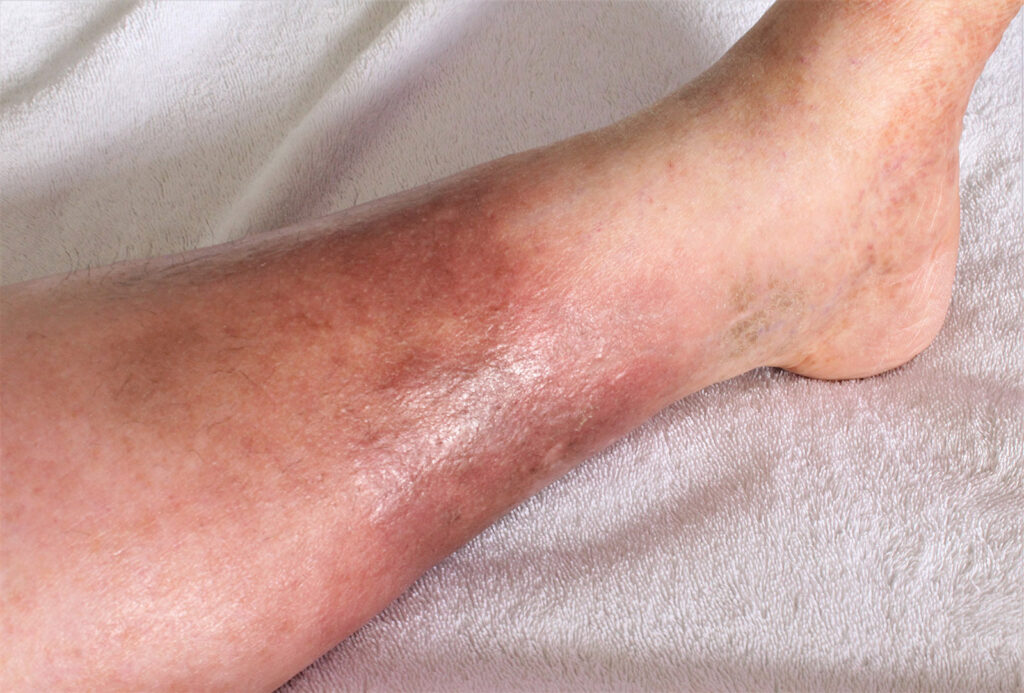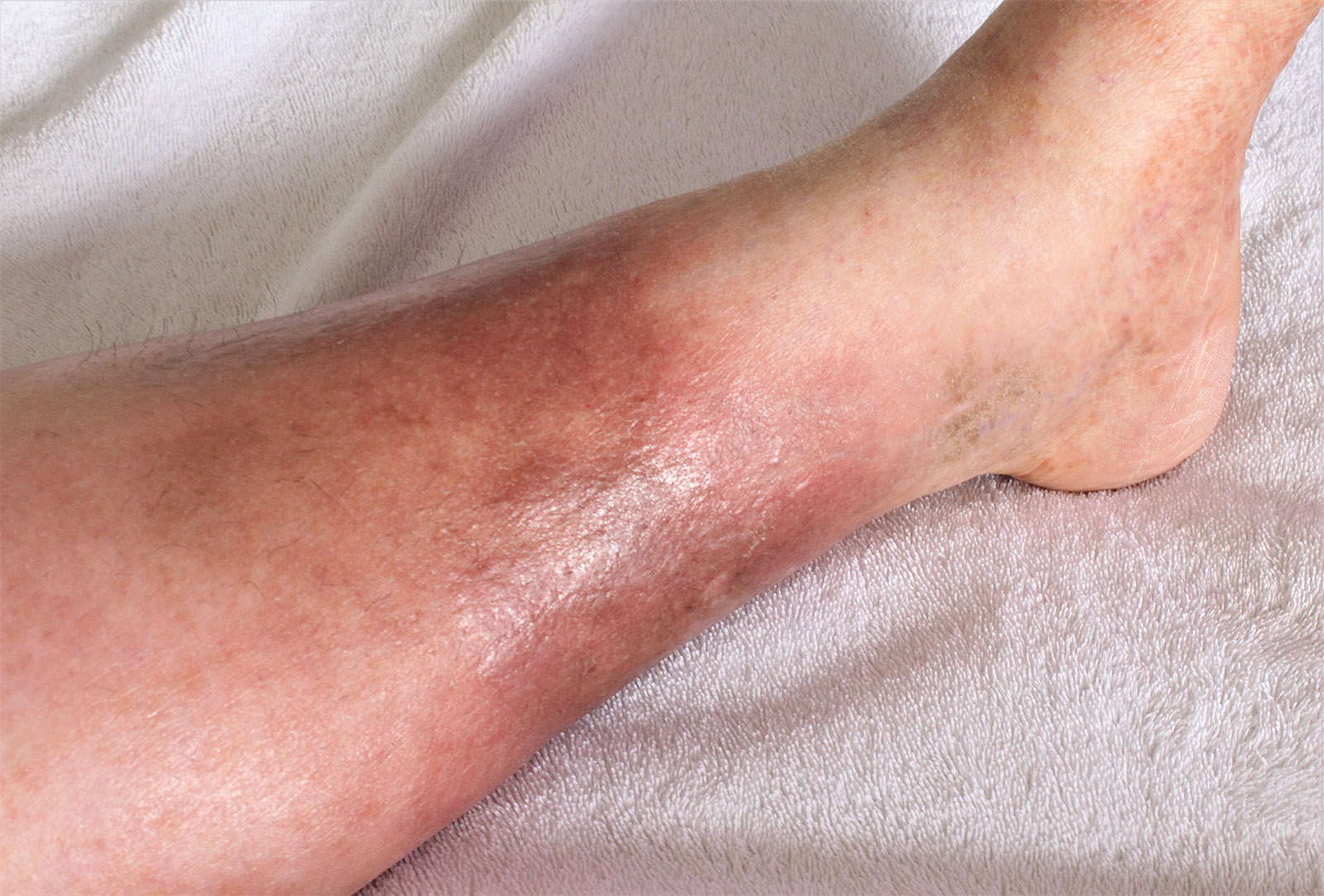The Role of Venous Insufficiency in Leg Swelling


Leg swelling can be a troubling and uncomfortable condition, often indicating an underlying vascular issue known as venous insufficiency. In this blog post, we delve into the intricate relationship between venous insufficiency and leg swelling, shedding light on the causes and exploring viable treatment options and preventive measures to empower individuals with the knowledge they need for optimal vascular health.
Understanding Venous Insufficiency and Leg Swelling
Venous insufficiency occurs when the veins in the legs struggle to return blood to the heart efficiently. This condition often leads to a pooling of blood in the lower extremities, causing swelling, discomfort, and a range of other symptoms. Leg swelling, or edema, is a common manifestation of venous insufficiency and can impact one’s quality of life if left untreated.
Causes of Venous Insufficiency-Induced Leg Swelling
- Faulty Valves: The veins in our legs have valves that prevent blood from flowing backward. When these valves fail to function correctly, blood accumulates in the veins, resulting in swelling.
- Blood Clots: Clots can impede the normal flow of blood, contributing to venous insufficiency and subsequent leg swelling.
- Prolonged Sitting or Standing: Occupations or lifestyles that involve extended periods of sitting or standing may lead to increased pressure on the veins, contributing to venous insufficiency.
Treatment Options for Venous Insufficiency
- Radiofrequency Ablation:
- Explanation: A minimally invasive procedure utilizing radiofrequency energy to close off faulty veins, redirecting blood flow to healthier veins.
- Benefits: Quick recovery, minimal discomfort, and highly effective in treating venous insufficiency.
- Varithena Sclerotherapy:
- Explanation: A foam-based injection that collapses and seals off problematic veins, rerouting blood flow to healthier vessels.
- Benefits: Suitable for a variety of vein sizes, minimal side effects, and improved cosmetic outcomes.
- Compression Therapy:
- Explanation: The use of compression stockings or bandages to promote blood circulation and reduce swelling in the legs.
- Benefits: Non-invasive, cost-effective, and aids in managing symptoms.
Preventive Measures
- Regular Exercise:
- Engage in activities that promote healthy blood circulation, such as walking, swimming, or cycling.
- Maintain a Healthy Weight:
- Excess weight puts additional strain on the veins, increasing the risk of venous insufficiency.
- Elevate Your Legs:
- Elevating the legs periodically throughout the day helps reduce swelling and promotes proper blood flow.
- Avoid Prolonged Sitting or Standing:
- Take breaks to stretch and move, especially if your daily routine involves extended periods of sitting or standing.
Venous Insufficiency Treatment in Orange County, CA
By understanding the intricate relationship between venous insufficiency and leg swelling, individuals can take proactive steps towards maintaining healthy veins. Whether exploring treatment options like Radiofrequency Ablation or Varithena Sclerotherapy or adopting preventive measures in daily life, taking charge of vascular health is key to preventing and managing leg swelling associated with venous insufficiency.
Leg swelling should not be dismissed as a mere inconvenience; it might be an indication of underlying vascular issues like venous insufficiency. By educating yourself on the causes, treatment options, and preventive measures, you can embark on a journey towards healthier veins and a more comfortable, active lifestyle. Don’t let leg swelling hold you back – take the first step towards vascular health today.
Contact our Orange County Vein Treatment facility by calling 949-364-0080.
